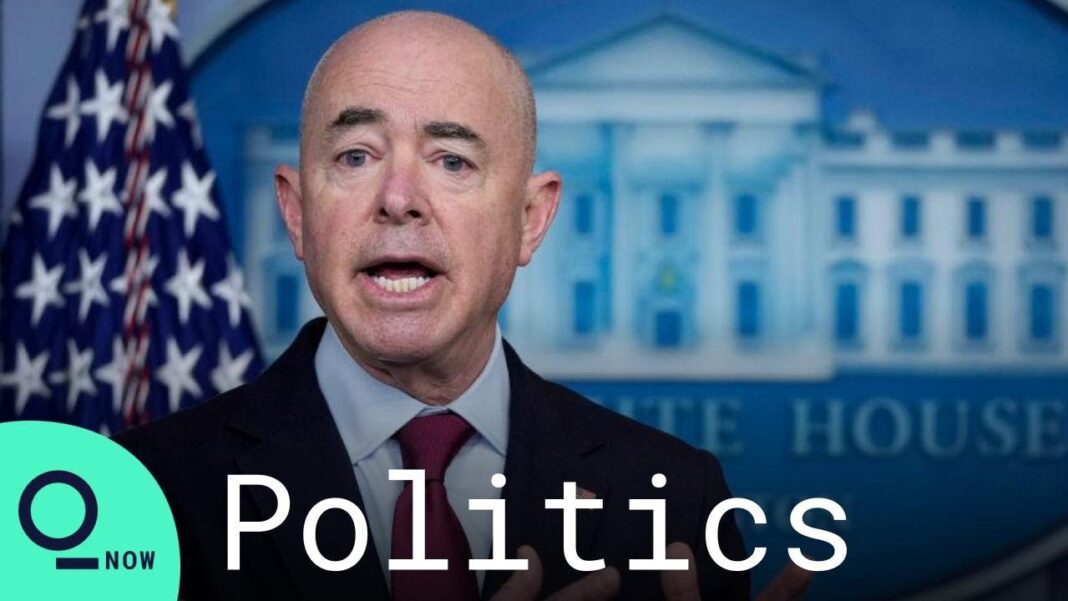Bill points to a three-part approach for in-country processing
The Biden administration is reviving and expanding on the Central American Minors Refugee/Parole program launched in 2014 (and expanded in 2016) by the Obama administration, and terminated in 2017 by the Trump administration.1 While Biden’s February executive order sought to “to reinstitute and improve upon the CAM Parole Program” only,2 the entire program, in a new advanced version, is making a comeback.3
The new CAM version will have more outreach, but the rationale is the same: Don’t come here illegally because we will design in-country processing programs to get you in legally. That was, in essence, DHS Secretary Alejandro Mayorkas’ recent message to Central Americans rushing to the Southern border when he asked them to “wait”.4 Mayorkas was clear: “We are not saying don’t come. We are saying don’t come now, because we will be able to provide a safe and orderly process to them.”5 (All emphases in quotations are added unless otherwise indicated.) Three programs, specifically designed for Central Americans as “additional options for legal pathways for migration”, are likely to be forthcoming.6
That is also, in essence, what President Biden told ABC News’ George Stephanopoulos when asked about the “crisis at the border”:
I can say quite clearly don’t come over. And the process of getting set up, and it’s not gonna take a whole long time, is to be able to apply for asylum in place. So don’t leave your town or city or community. We’re gonna make sure we have facilities in those cities and towns run by department of — by DHS and also access with HHS, the Health and Human Services, to say you can apply for asylum from where you are right now.7
The question remains: Will reopening in-country processing (or what I have called the “back door”8 ) convince people to apply for a ticket instead of simply showing up at the door? This disincentivizing strategy did not seem to work for the Obama administration; it may not for this one either. Biden’s plan may be more elaborate than Obama’s, but there is no guarantee it will help resolve the ongoing border crisis.
Restarting CAM
The Department of State announced on March 10 the reopening of the Central American Minors (CAM) program:
As another concrete step in implementing our comprehensive regional migration management strategy, we are expanding legal pathways to enter the United States by reopening the Central American Minors (CAM) program. As directed by President Biden, the Departments of State and Homeland Security (DHS) have initiated the first phase of reinstituting and improving the CAM program to reunite qualified children from El Salvador, Guatemala, and Honduras with their parent or parents who are lawfully present in the United States.9
The program is presented as an essential protection tool for children:
The program … represents our continued commitment to ensure that our immigration system … protects the most vulnerable, especially children.10
But CAM, following its 2016 expansion, was no longer limited to “minor children”; adult sons and daughters could also qualify. It was not even restricted to the “children” (minors or adults) of U.S.-based parents; adult “caregivers” (grandparents, siblings, aunts and uncles, etc.) were also able to join in.11
CAM is set reopen in two phases under the Biden administration:
the first will process eligible applications that were closed when the program was terminated in 2017, and the second will begin to accept new applications with updated guidance to follow. 12
Are we certain these individuals are still in need of protection four or more years later? And if they were at risk of harm in their own countries since 2017 (or earlier), how did they manage to get by all those years?
A Preview of What’s Coming?
As we await phase two to learn more about the program’s updates, we can preview the Biden administration’s likely next steps by turning to the U.S. Citizenship Act of 2021, the White House immigration bill introduced by Democrats in the House and the Senate.13 Even if this bill is “dead on arrival”, as my colleague Mark Krikorian pointed out, many of its provisions could be pushed through by way of piecemeal legislation.14 In any case, the executive branch can implement two of the plan’s three main components on its own, as the Obama administration did in 2014.
Here are few indicators of the future of CAM under the Biden administration, as described in the U.S. Citizenship Act of 2021:
• The Biden administration wants to replace the Obama-era two-in-one refugee/parole approach with a new threepart version of CAM, with three distinct programs with three specific protection schemes:
o The “Central American Refugee Program” will give access to “refugee resettlement”; o the “Central American Family Reunification Parole Program” will give access to “parole”; and o the “Central American Minors Program” will give access to a new “special immigrant” status.
• By allocating two of the three proposed programs to migrants who simply want to join family members already in the United States (and only one program for potential refugees), this administration is acknowledging that most of the border-crossers at the Southern border are not fleeing persecution, but using an asylum claim as their “family reunification” card.
• Processing centers will assess registered individuals to determine the benefits for which they may be eligible.
• All three programs will give access to permanent residence in the United States.
• The programs will no longer be limited to nationals of El Salvador, Honduras, and Guatemala; any other “Central American” country could be added to the list by the Secretary of State.
• None of those provided special immigrant status under the “Central American Minors Program” would be counted against any numerical limitation.
• Unlike with the previous CAM, no family member sponsorship will be needed to apply for refugee resettlement in the United States.3
• Under the “Central American Refugee Program”, an “Emergency Relocation Coordination” will be implemented to provide temporary placement in safe locations pending a final decision for applicants exposed to imminent risks where they are. This is in line with the Protection Transfer Arrangement (PTA) set up in 2016 by the Obama administration. Under the new Biden Central American Plan, Protection Transfer Arrangements like the one with Costa Rica could be entered with other countries in the region.
• Many eligibility conditions for applicants are set to be lifted, resources and processing centers added, numbers of refugee officers and other personnel increased, and expedited processing introduced to ensure Central Americans, minors and adults alike, get access to one of these programs, and thereafter, to the United States.
• An informational campaign (in English and Spanish) will be created to raise awareness of the programs and a hotline put in place for case follow-ups.
By Nayla Rush








